NASA Astronomy Picture of the Day 11 May 2023: Fomalhaut's debris disk shot by Webb Telescope
Today’s NASA Astronomy Picture of the Day is a snapshot of the dusty debris disk which surrounds Fomalhaut, which is located just 25 light-years away.
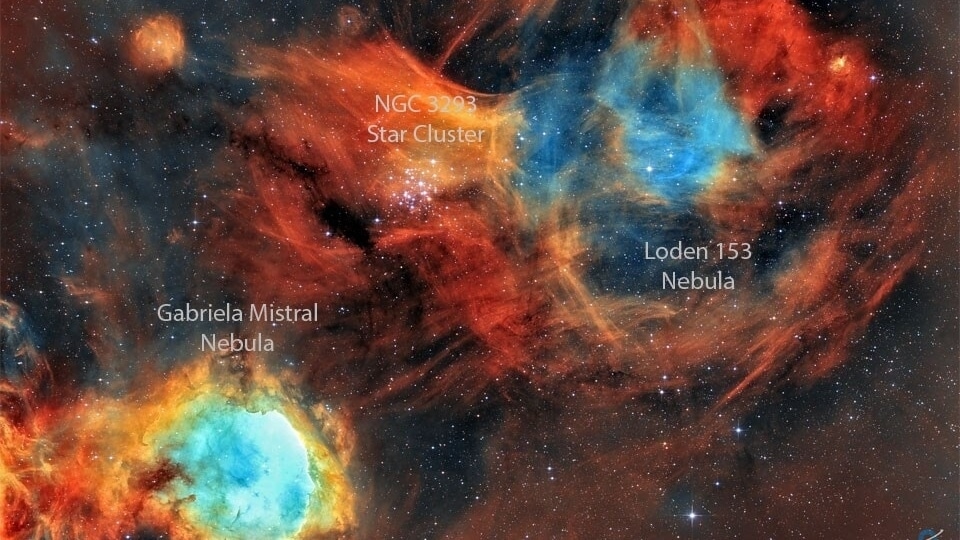

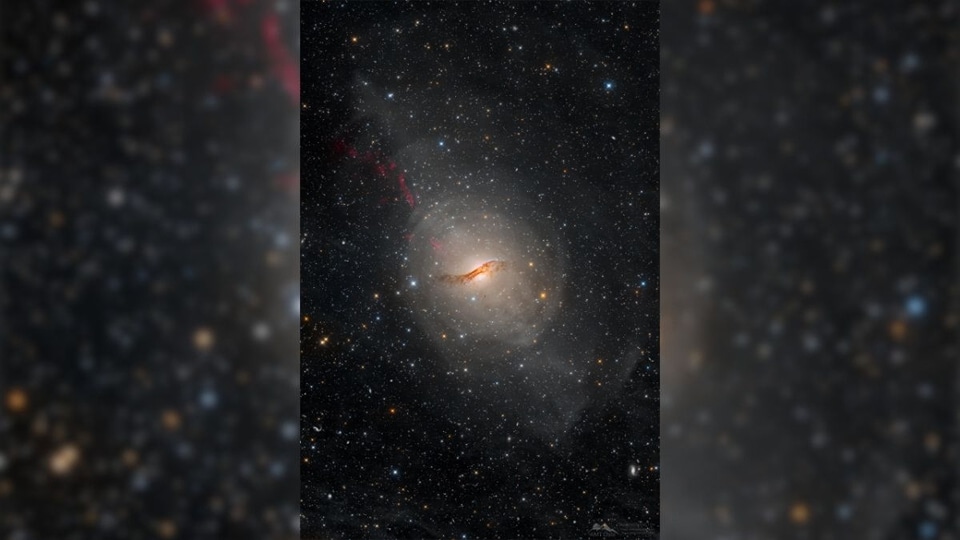
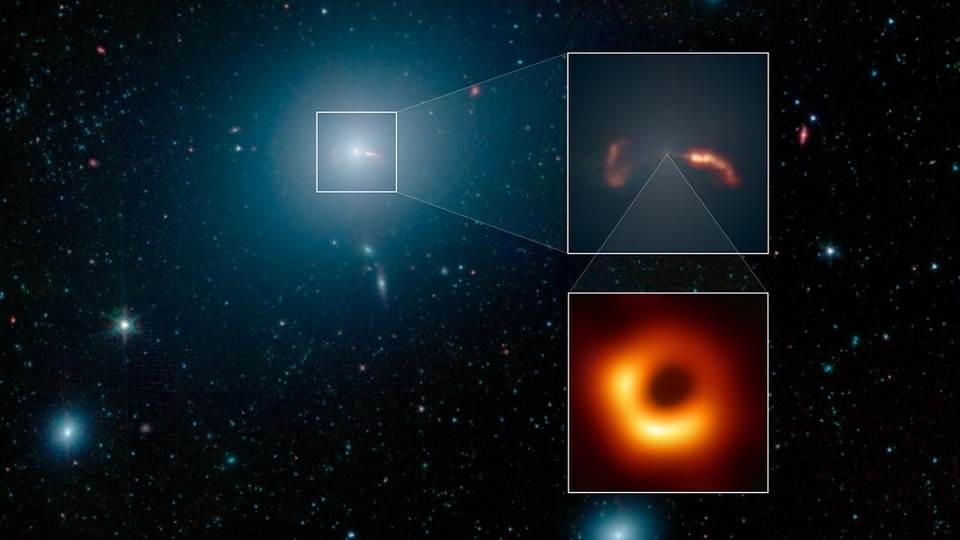
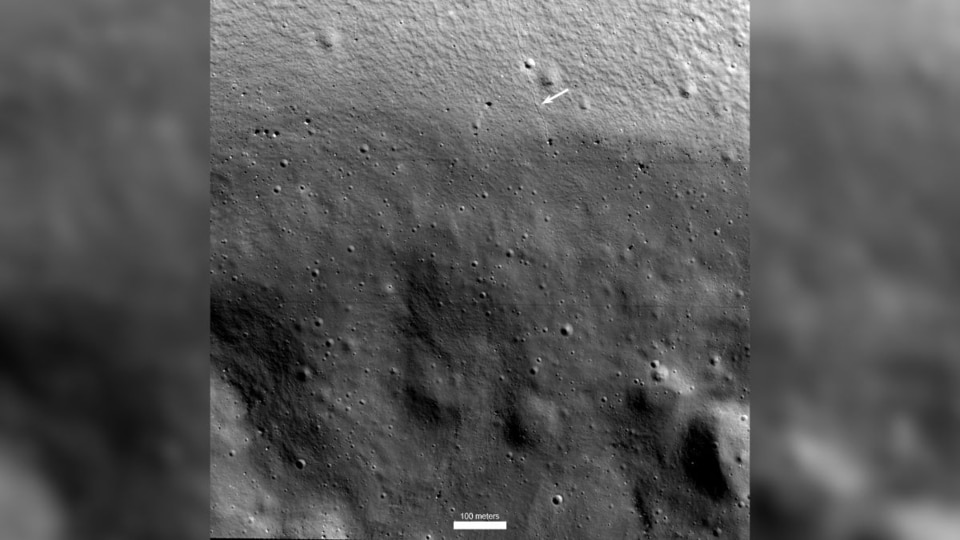
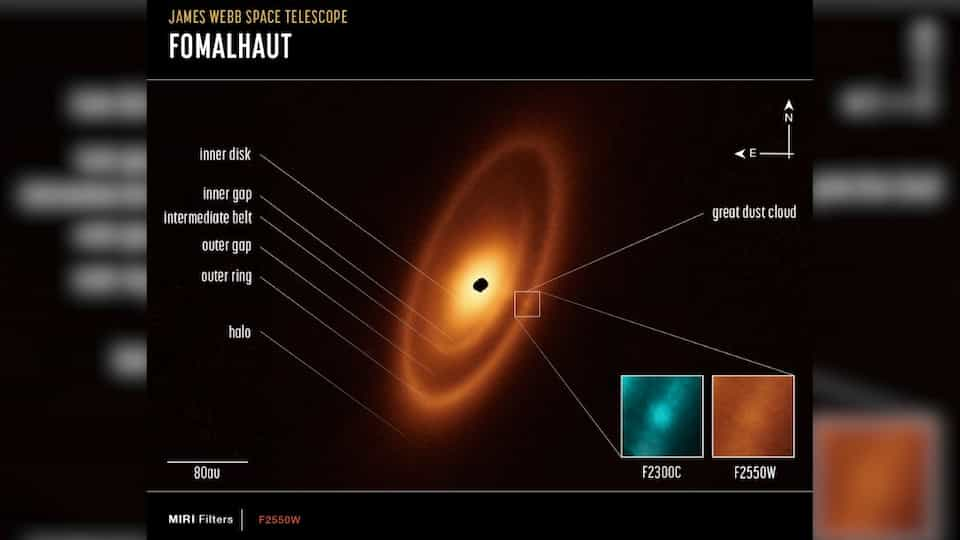
 View all Images
View all ImagesThe James Webb Space Telescope has been marveling us with its capabilities since its launch. NASA's $10 billion space telescope has captured images of stunning galaxies, black holes, and other celestial objects which are millions of light-years away. Recently, the space telescope added another feather to its cap by discovering three concentric debris rings orbiting Fomalhaut, one of the brightest stars in the night sky and the brightest one in the southern Piscis Austrinus constellation.
Today's NASA Astronomy Picture of the Day is a snapshot of the dusty debris disk which surrounds Fomalhaut, which is located just 25 light-years away. Just days ago, three concentric debris rings were discovered around the hot star. The debris belts stretch across a gargantuan amount of space, nearly 14 billion miles (23 billion km) from Fomalhaut.
Tech used to capture the picture
The James Webb Space Telescope, operated in collaboration by NASA and ESA, captures various celestial objects in stunning detail with the help of its suite of highly advanced instruments and cameras, and it made these observations using Mid-Infrared Instrument (MIRI). It was processed by Andras Gaspar of the University of Arizona, Alyssa Pagan (STScI),
It also has sophisticated instruments like the Near Infrared Camera (NIRCam) which is the primary camera onboard the telescope. It has three specialized filters and captures images in two different infrared ranges. Astonishingly, it can capture some of the farthest-away near-infrared images ever obtained, detecting light from the first stars and galaxies. NIRCam also has coronagraphic and spectroscopic capabilities and is the primary tool for the alignment of the telescope.
The space telescope also has Mid-Infrared Instrument (MIRI) and NIRSpec instruments onboard which aid in capturing mesmerizing snapshots of objects in space.
NASA's description of the picture
Fomalhaut is a bright star, a 25 light-year voyage from planet Earth in the direction of the constellation Piscis Austrinus. Astronomers first noticed Fomalhaut's excess infrared emission in the 1980s. Space and ground-based telescopes have since identified the infrared emission's source as a disk of dusty debris surrounding the hot, young star related to the ongoing formation of a planetary system.
But this sharp infrared image from the James Webb Space Telescope's MIRI camera reveals details of Fomalhaut's debris disk never before seen, including a large dust cloud in the outer ring that is possible evidence for colliding bodies, and an inner dust disk and gap likely shaped and maintained by embedded but unseen planets. An image scale bar in au or astronomical units, the average Earth-Sun distance, appears at the lower left. Fomalhaut's outer circumstellar dust ring lies at about twice the distance of our own Solar System's Kuiper Belt of small icy bodies and debris beyond the orbit of Neptune.
Catch all the Latest Tech News, Mobile News, Laptop News, Gaming news, Wearables News , How To News, also keep up with us on Whatsapp channel,Twitter, Facebook, Google News, and Instagram. For our latest videos, subscribe to our YouTube channel.
































